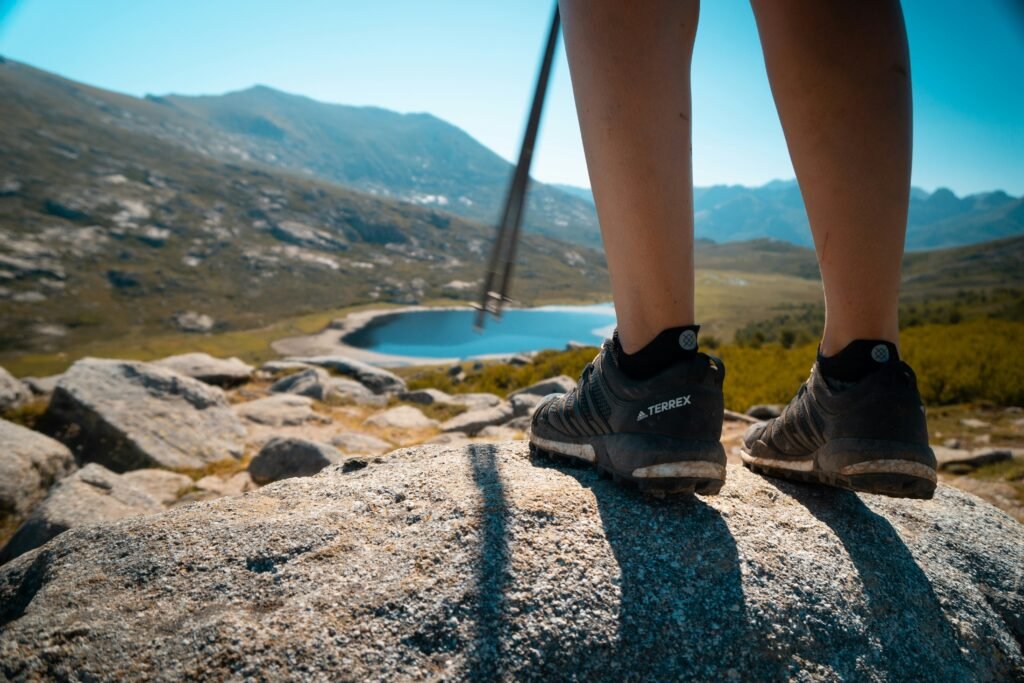Why Does Your Ankle Hurt When Hiking or Running Uphill?
If you’re feeling ankle pain every time you head up a trail or push through an uphill run, you’re not alone. This is a common complaint among hikers and runners—especially in places like Kitsap County, where many trails feature steady climbs, uneven footing, and elevation gain. But just because it’s common doesn’t mean it should be ignored.
Let’s take a closer look at what might be causing that uphill ankle pain—and what you can do about it.
Why Uphill Makes Ankles Work Harder
When you hike or run uphill, your ankle joint goes through a greater range of motion—especially in dorsiflexion, which is the motion where your toes pull upward toward your shin. If your ankle lacks mobility, or if the surrounding muscles are weak or tight, your body will compensate. That compensation often leads to pain or discomfort in one of the following areas:
- Front of the ankle: Compression or pinching from joint stiffness
- Back of the ankle or heel: Overworking the Achilles tendon or calf muscles
- Inner ankle or arch: Stress on the tibialis posterior and plantar fascia
- Outer ankle: Strain from poor stabilization or previous sprains
Common Causes of Ankle Pain Uphill
- Limited Ankle Mobility: If your ankle doesn’t dorsiflex easily, you’ll struggle to load the joint correctly during uphill movement, which can create pain in the front of the joint or overload the calf.
- Tight Calves or Achilles Tendon: If these tissues are too short or stiff, they’ll resist the stretch required to climb uphill, often leading to pain in the back of the ankle or heel.
- Weak Stabilizers: The small muscles that stabilize your ankle (like the peroneals and tibialis posterior) work overtime on uneven terrain. If they fatigue too quickly, you may feel aching or sharp pain on the inside or outside of the ankle.
- Old Injuries: A history of ankle sprains or fractures can lead to lingering instability, stiffness, or poor mechanics that resurface during more demanding movement like climbing.
How to Manage and Prevent Ankle Pain
- Work on Mobility: Incorporate ankle mobility drills like knee-to-wall lunges, calf stretches, and foam rolling into your warm-up routine.
- Strengthen Key Muscles: Build up ankle strength with resistance band exercises, single-leg balance drills, and controlled calf raises.
- Choose Proper Footwear: Make sure your hiking boots or trail runners support your arch and allow for enough ankle flexion. Shoes that are too stiff can limit movement and increase strain.
- Try Sports Massage: Soft tissue restrictions in the calves, feet, and ankles can contribute to faulty movement patterns. Sports massage can help improve mobility, reduce tension, and restore proper function.
Local Help for Achy Ankles
At Trailblazer Sports Massage in Poulsbo, we see this issue often—especially among Kitsap County runners, hikers, and outdoor enthusiasts. Whether you’re tackling Green Mountain, the Clear Creek Trail, or prepping for a race in the Olympics, we can help keep your ankles strong, mobile, and pain-free.
👉 Book your session today and let’s get you back to moving confidently—uphill and beyond.


